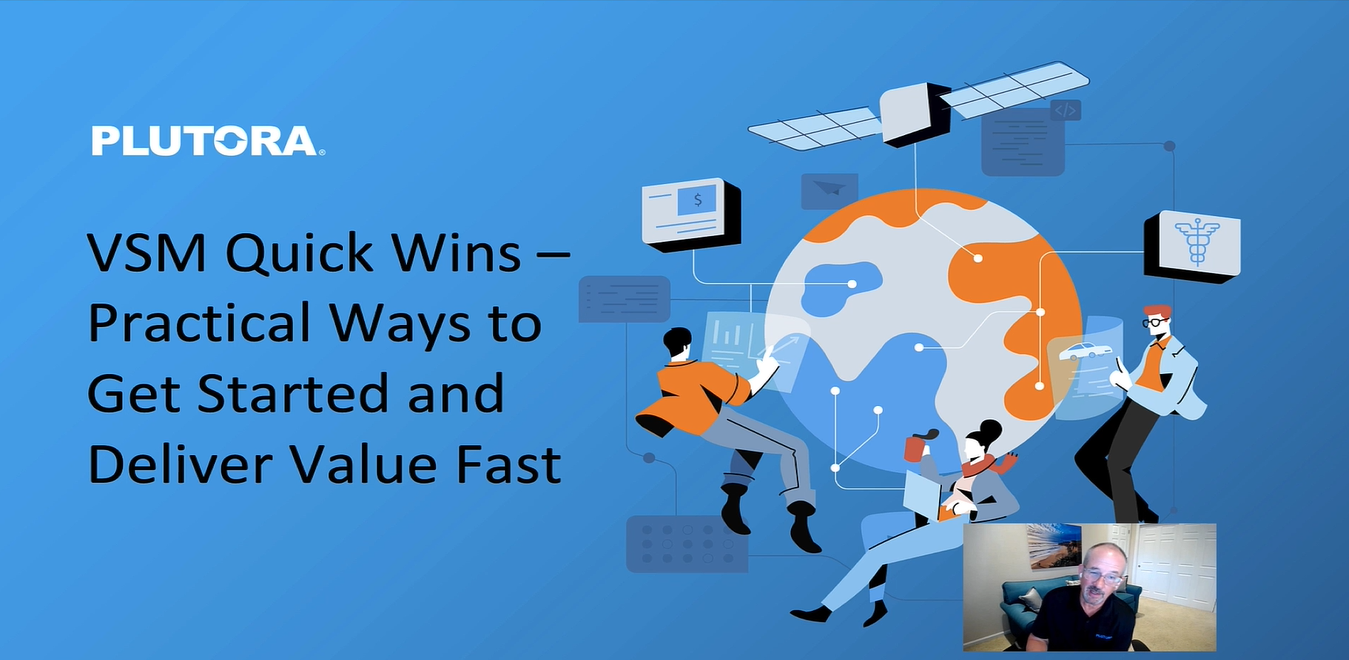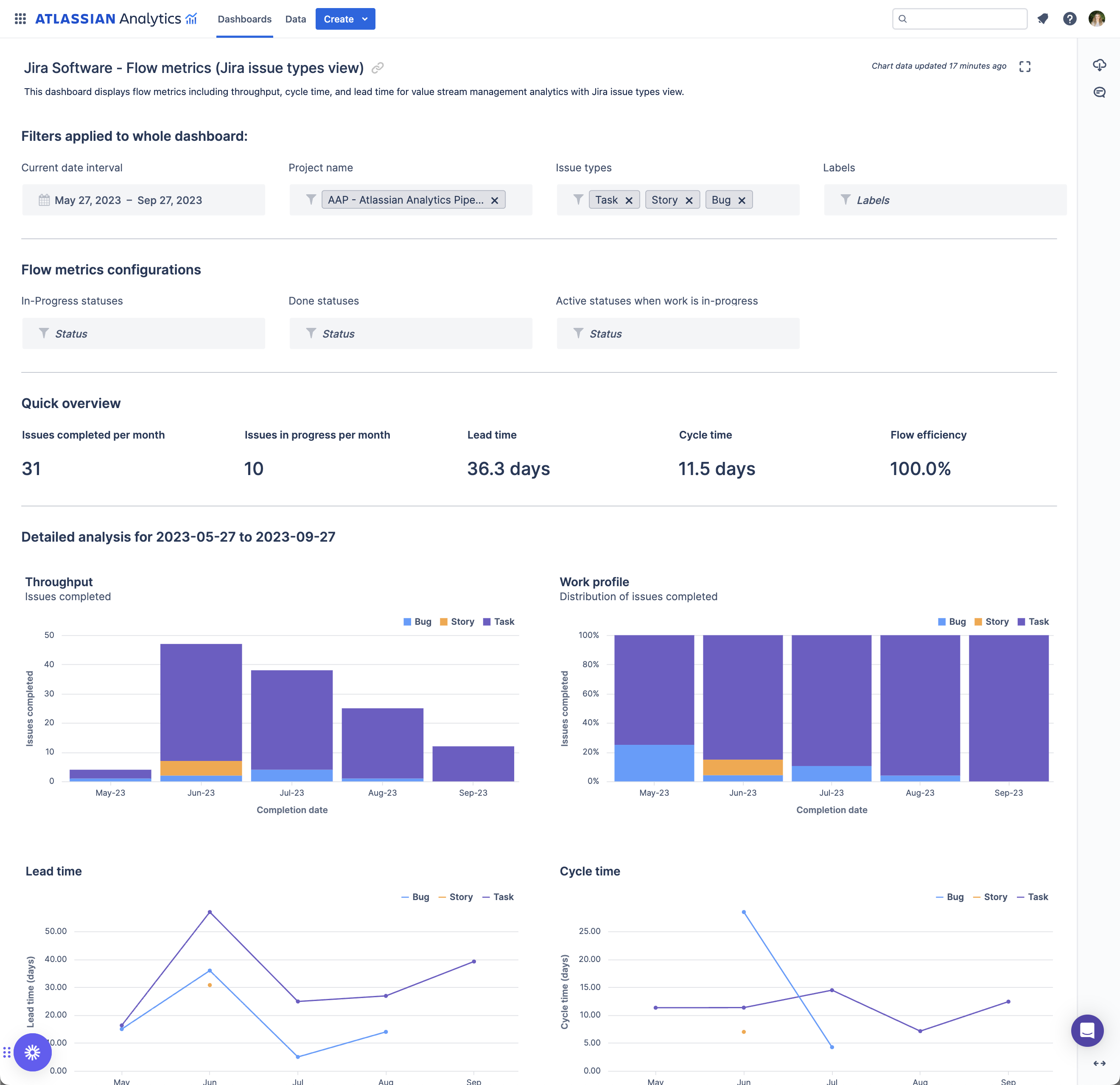Value stream management sounds great in theory, but the path to implementing it can seem daunting if you’re trying to do it all at once. It requires cooperation from different organizations in the business, adoption of new practices, and adoption of new technologies to facilitate it.
At {virtual} VSMcon 2022, Bob Davis, chief marketing officer at Plutora, offered practical steps for getting started with value stream management to reduce that feeling of overwhelm.
“We see the difference between the theories of DevOps and Agile and value stream management, and the pragmatic approach to implementing it,” said Davis.
One practical step companies can take is to take control of their deployment plans. According to Davis, deploying applications without having any visibility into the schedule and activities will likely increase the chance that incidents occur.
“By doing that repeatable implementation around deployments, I can ensure compliance across a process,” said Davis. “I can ensure that I’m implementing a complex deployment plan on exactly the right set of steps.”
He recommends companies attempt to unify their deployments. This means bringing together different teams that may be using different ways of tracking, communicating, and reporting, and coordinating activities among themselves.
Another element of this is to implement analytics to perform audits of deployments and add context to Post Implementation Reviews.
Automation is also a crucial component of this. Davis recommends incorporating automation into tasks in continuous integration pipelines, test automation tools, and other tools in the deployment pipeline.
Davis also shared two other practical steps companies can take when implementing value stream management to achieve the results that value stream promises. To learn about what else can be done, watch his talk at VSMcon 2022.








